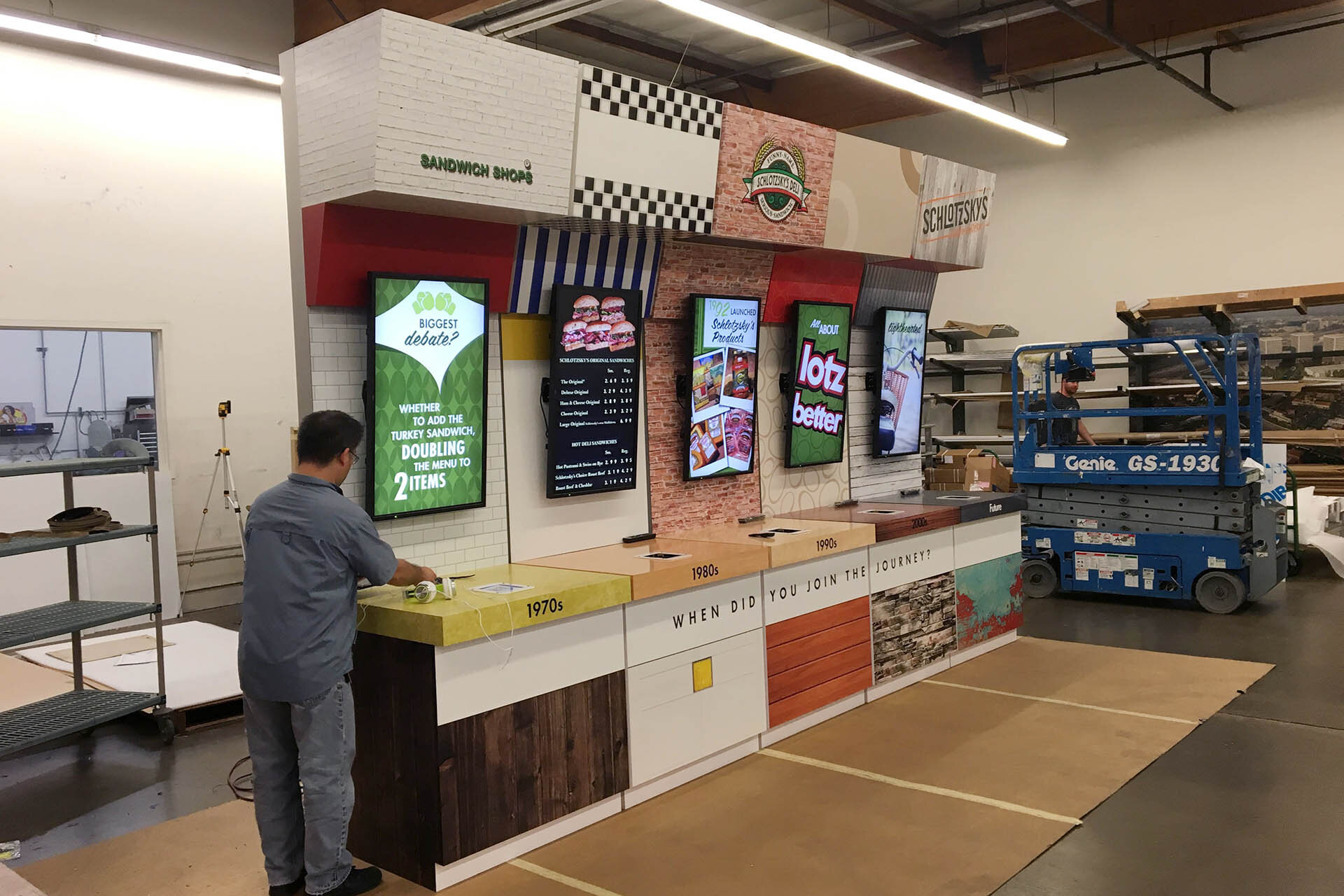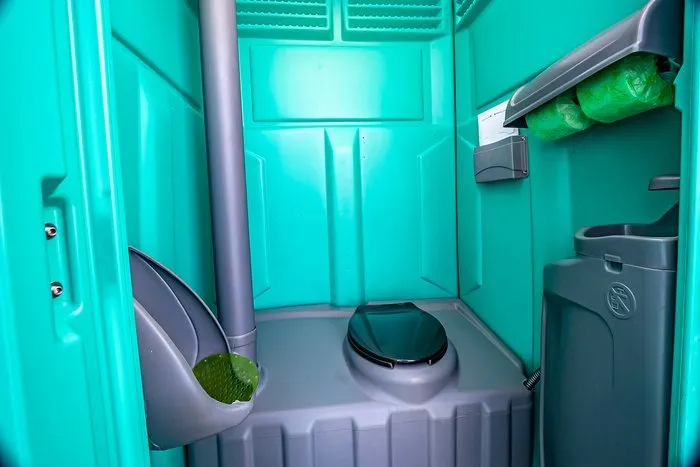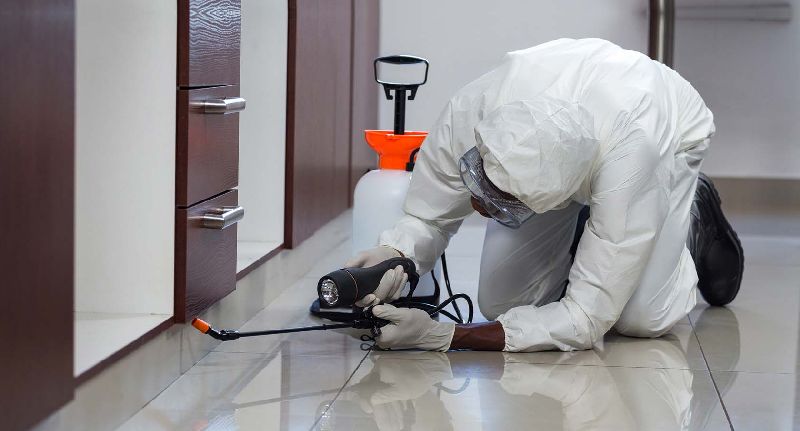In today’s digital age, where streaming services dominate entertainment consumption, having a centralized streaming link collection site is becoming more of a necessity than a luxury. The overwhelming number of platforms offering movies, TV shows, sports events, and live performances can leave users scrambling to find the right place to stream their desired content. A streaming link collection site simplifies this process by providing one easy-to-navigate hub where all your favorite shows, channels, and services are accessible in a single click. This saves time, reduces stress, and offers an unmatched level of convenience. First, convenience is the primary benefit of such a site. With dozens of streaming platforms, users often have to search multiple apps or websites to find the content they want. A streaming link collection site eliminates the need to switch between various services. Instead of trying to remember which platform has the movie or show you are looking for, you can simply visit the collection site, which neatly organizes the links to all the major streaming services.

Whether it is catching the latest episode of a show or streaming an important live event, everything is readily available, saving users both time and energy. Another major advantage is accessibility. A centralized streaming site can be accessed from any device whether it is a smartphone, tablet, laptop, or smart TV. This universal accessibility means that users can watch their preferred content on the go, or at home on their larger screens, without any fuss. Furthermore, these sites can be optimized for mobile devices, making it easy for users to quickly browse and find streaming links on the move. The convenience of having all streaming links in one place also contributes to a better user experience. Many streaming platforms require users to log in, often remembering numerous usernames and passwords. A collection site removes this hurdle by providing direct links, some of which may even support features like automatic login or redirecting to specific pages within the streaming service, further enhancing user convenience. Moreover, streaming 링크모음 site can sometimes offer additional features such as content search, so users can find the exact movie or series they are looking for without manually searching each individual platform.
Many of these sites aggregate information on the newest movies, shows, and events, allowing users to browse the latest and trending content across various platforms. For those who may not know what to watch next, the recommendations based on user preferences can help guide the decision-making process, ensuring users never run out of content to enjoy. Finally, with the rising cost of multiple subscriptions, having a streaming link collection site can also aid in cost efficiency. By providing a clear overview of which platforms offer what content, users can decide whether to invest in a subscription or rely on free streaming services. It encourages users to maximize the value of their subscriptions and make more informed choices about which services are worth paying for. A streaming link collection site serves as an essential tool for anyone who regularly streams content. It consolidates access to multiple platforms, simplifies navigation, saves time, and enhances the overall streaming experience. With everything in one place, users can enjoy seamless, stress-free entertainment, making it a must-have for anyone looking for ultimate convenience in their digital viewing habits.





